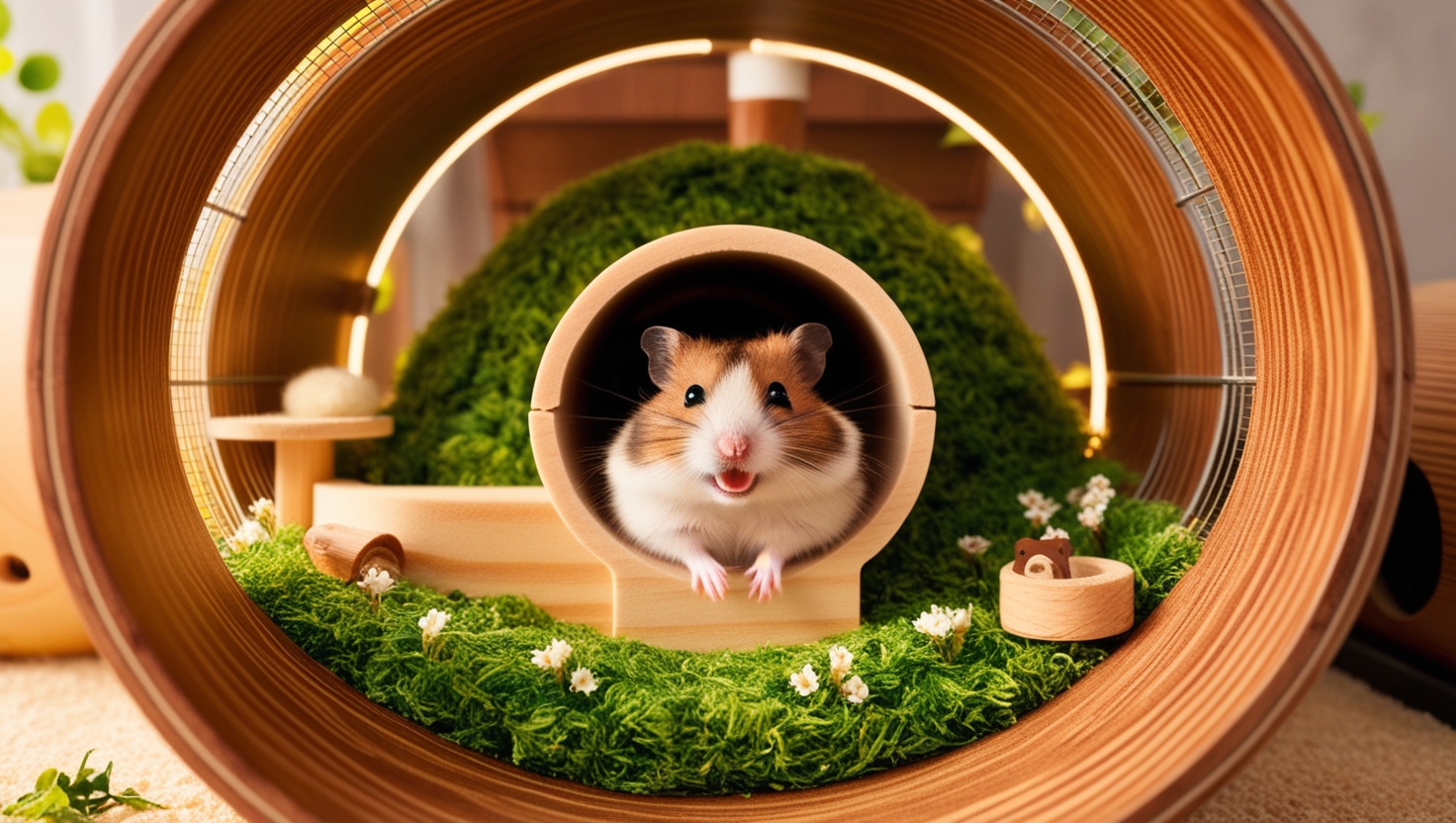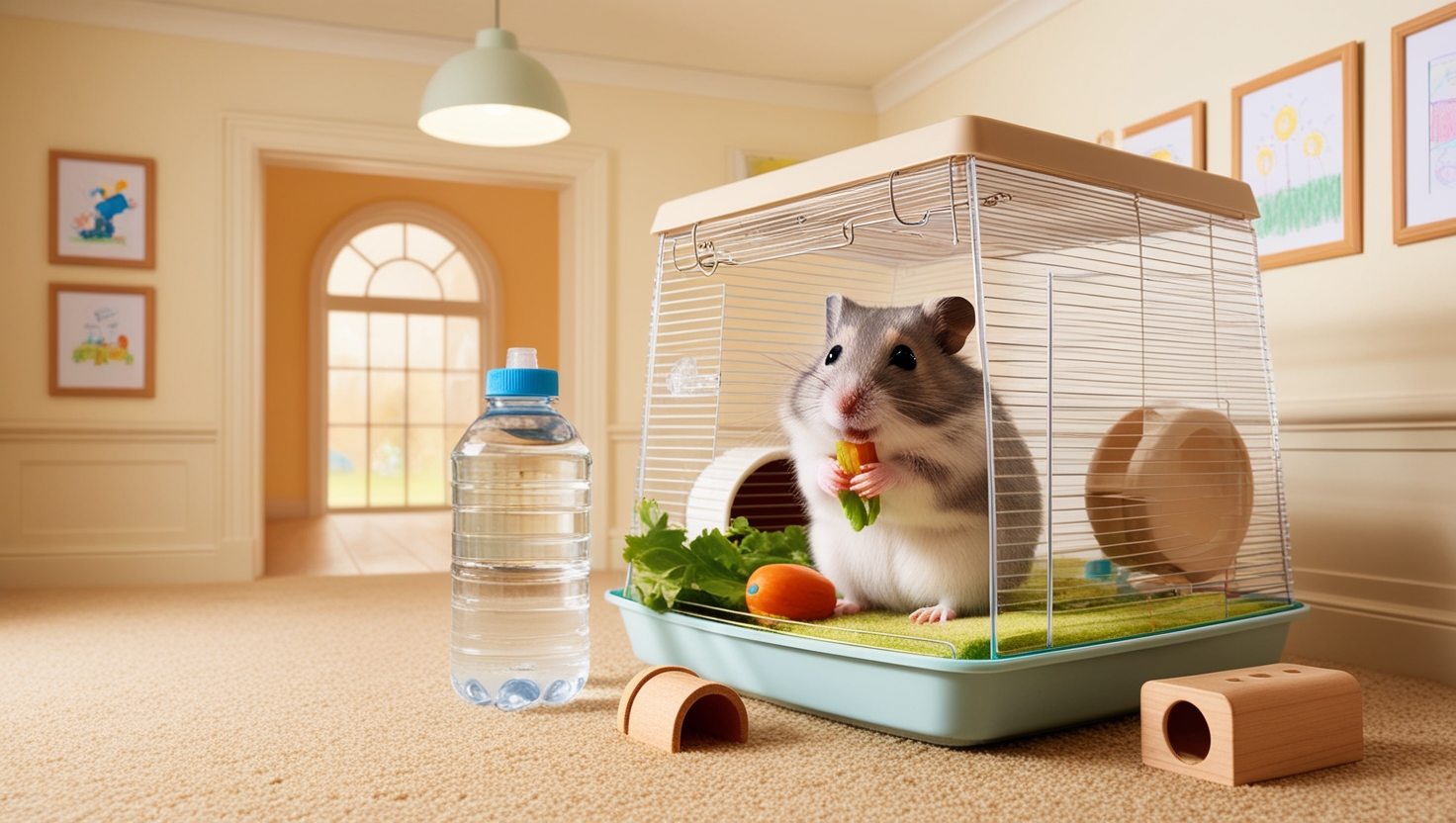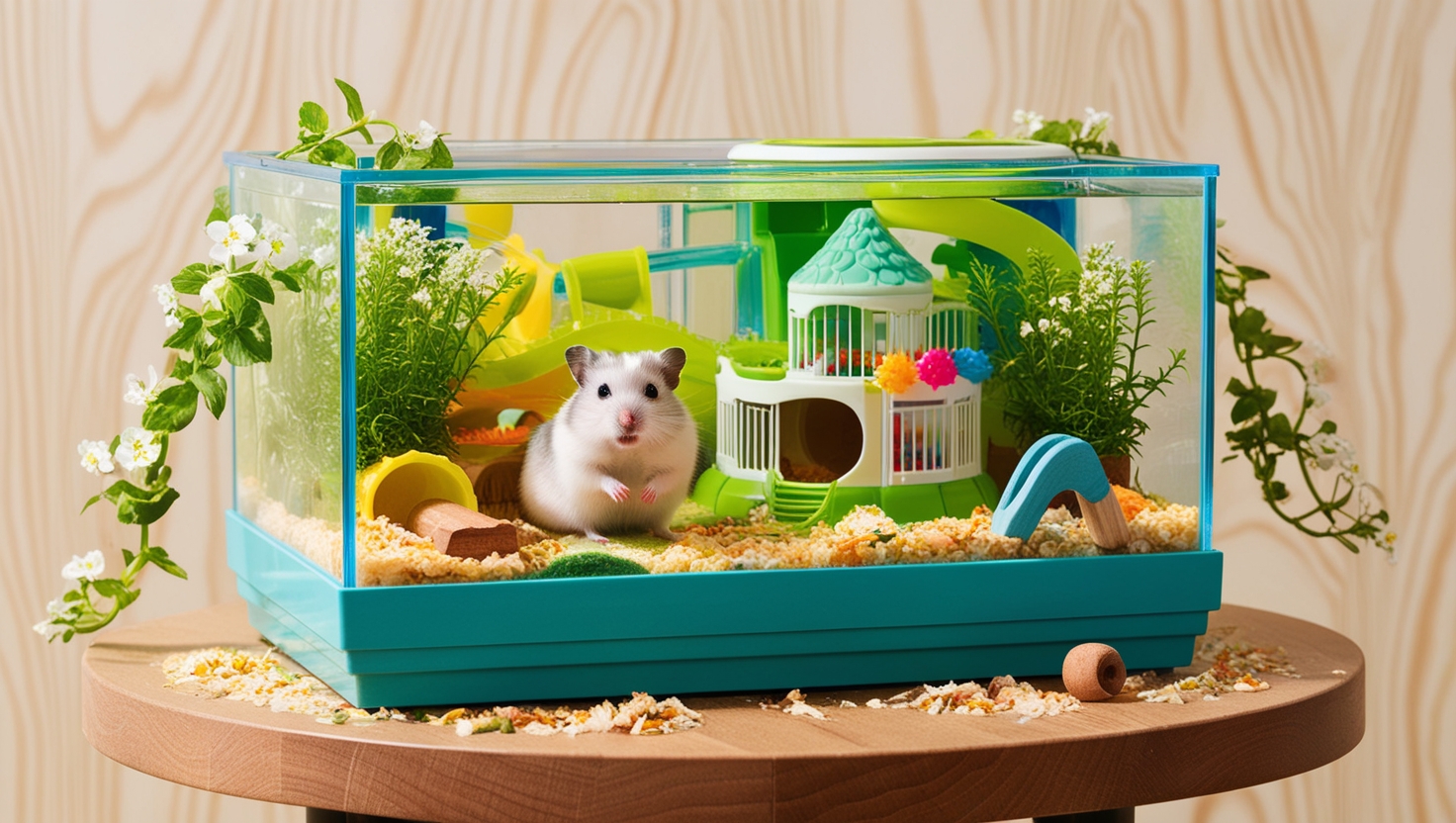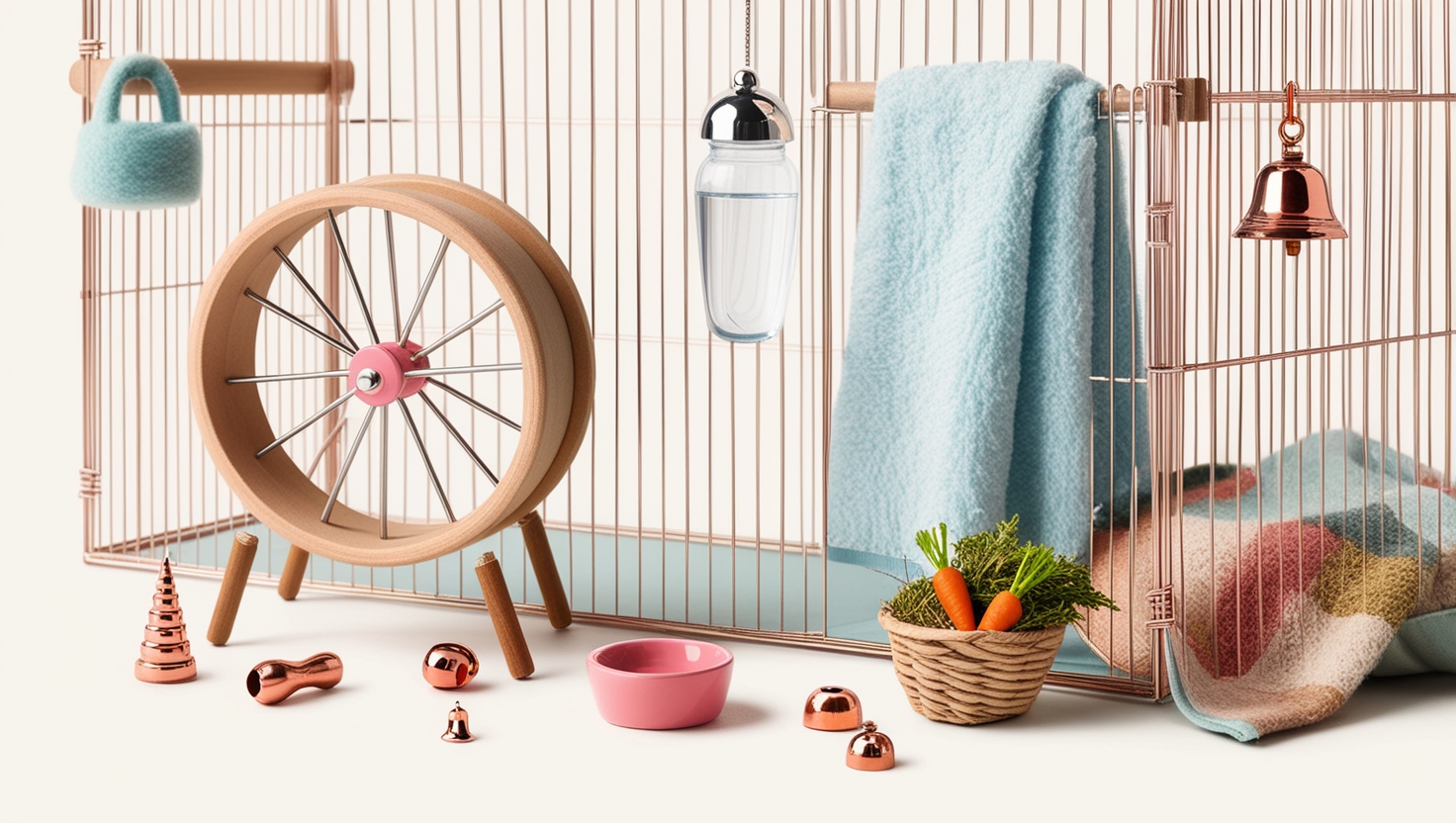So, you’re thinking about welcoming an adorable hamster into your home? That’s fantastic! Hamsters are playful, curious, and can bring so much joy to your life. But, before you rush to the pet store, there’s an important factor to consider, especially if you’re someone who values a good night’s sleep: hamster cage noise.
Don’t worry, I’m here to help you navigate the world of quiet hamster cages, sharing tips and tricks I’ve learned from my many years of experience as a hamster parent and advocate. Let’s dive in!
Understanding Hamster Behavior for a Quieter Night
The first step to a peaceful coexistence is understanding your future furry friend. Hamsters are crepuscular and nocturnal, meaning they are most active during twilight and throughout the night. This means some nighttime noise is unavoidable, but don’t worry, it doesn’t have to be a symphony of squeaks and scrambles!
Here are some things to keep in mind:
- Respect Their Sleep Schedule: As tempting as it is to play with your hamster during the day, resist the urge! Disrupting their sleep is stressful and can lead to health problems. Instead, opt for late afternoon or evening interactions.
- Strategic Cage Placement: Your bedroom is probably not the best place for your hamster’s home. A dimly lit room away from your sleeping space, like a quiet corner of the living room, is ideal.
Choosing a Quiet Hamster Cage: Key Features to Consider
The type of hamster cage you choose plays a significant role in minimizing noise. Let’s explore the options:
1. Material Matters: Plastic vs. Metal
- Metal cages: While popular, the bars of metal cages can be tempting for hamsters to gnaw on, creating a racket that can keep you up at night.
- Plastic cages: These offer a quieter alternative, as hamsters are less likely to chew on solid plastic surfaces.
Pro Tip: Dr. Lisa Jones, a veterinarian specializing in small animals, recommends, “Choosing a plastic cage with smooth, rounded edges not only minimizes noise but also provides a safer environment for your hamster, preventing injuries from sharp corners.”
2. Exercise Wheels: A Source of Noise (and Joy!)
Exercise wheels are essential for your hamster’s physical and mental well-being, but some can be noisy.
- Metal wheels: These tend to squeak as they spin, especially as they age.
- Plastic wheels: Opt for wheels made of high-quality, durable plastic. They tend to be much quieter.
- Silent spinners: Some brands offer specially designed silent wheels that use ball bearings for smooth, practically noiseless spinning.
My Experience: I switched my hamster, Chewy, to a silent spinner, and it made a world of difference! He gets his exercise, and I get my sleep.
3. Accessories: Choose Wisely
Even the accessories you choose can impact noise levels.
- Chew toys: Provide plenty of safe, non-toxic chew toys to keep your hamster entertained and discourage them from gnawing on their cage.
- Water bottles: Choose a quiet water bottle with a drip-proof design to minimize annoying dripping sounds.
- Bedding: Avoid noisy bedding options like cedar or pine shavings. Paper-based bedding is a quieter and safer alternative.
A Few More Tips for a Peaceful Coexistence
- Evening Playtime: A play session before your bedtime can tire out your hamster, making them more likely to settle down at night.
- Accept the Inevitable: Remember, some noise is normal. Hamsters are active creatures, and a completely silent night might not be realistic.
Sweet Dreams for You and Your Hamster
Choosing a quiet hamster cage is a win-win situation. You’ll enjoy peaceful nights, and your hamster will thrive in a comfortable, stimulating environment. Remember, a little research and planning go a long way in ensuring a harmonious relationship with your tiny, nocturnal friend!







